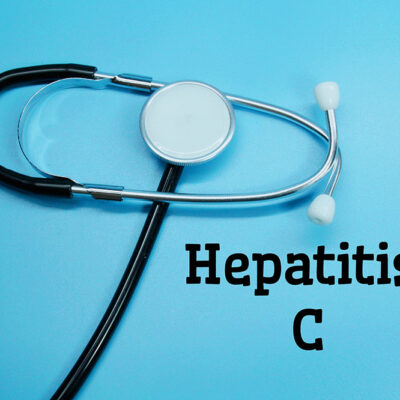
Health
5 Symptoms of Diabetic Neuropathy to Know
Diabetic neuropathy is a condition that affects a significant number of individuals with diabetes, leading to nerve damage that can manifest in various ways. Understanding the symptoms is crucial for early detection and management. Fortunately, there are treatment medications available, such as brivaracetam and BRIVIACT, which can help manage some of the symptoms associated with this condition. Early intervention and appropriate treatment can make a significant difference in the quality of life for those affected. 1. Numbness and tingling One of the most common symptoms of diabetic neuropathy is a sensation of numbness or tingling, especially in the hands and feet. This can feel like a persistent “pins and needles” sensation, often starting in the toes and fingers and gradually spreading upward. It’s essential to address these symptoms early, as they can lead to more severe complications if left untreated. Maintaining good blood sugar control and considering medications like brivaracetam can help manage these symptoms effectively. 2. Sharp, burning pain Another symptom to watch out for is sharp, burning pain, which can occur in the legs, feet, arms, or hands. This pain can be constant or intermittent and might worsen at night, making it difficult to get a good night’s sleep.
Read More 















